
Making Space at the Table
NAP Contemporary’s group show, The Elephant Table, platforms six artists and voices—creating chaos, connection and conversation.
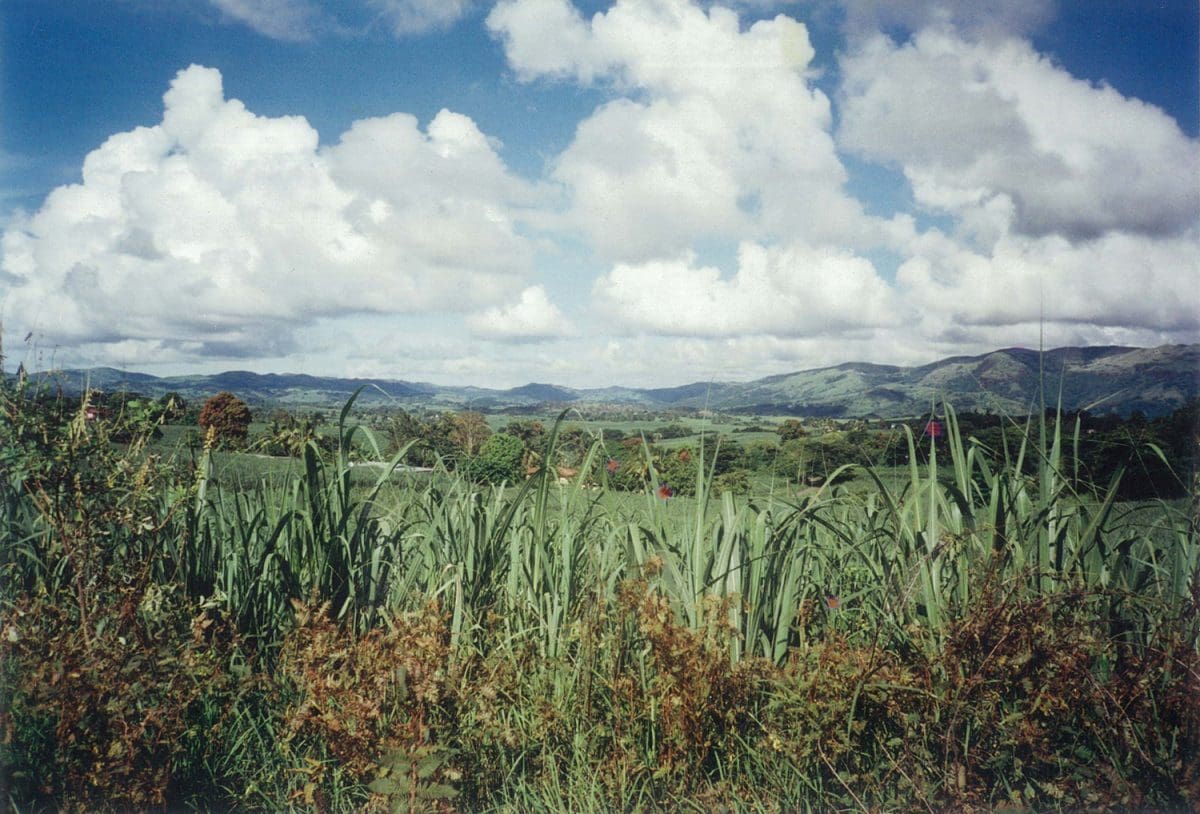
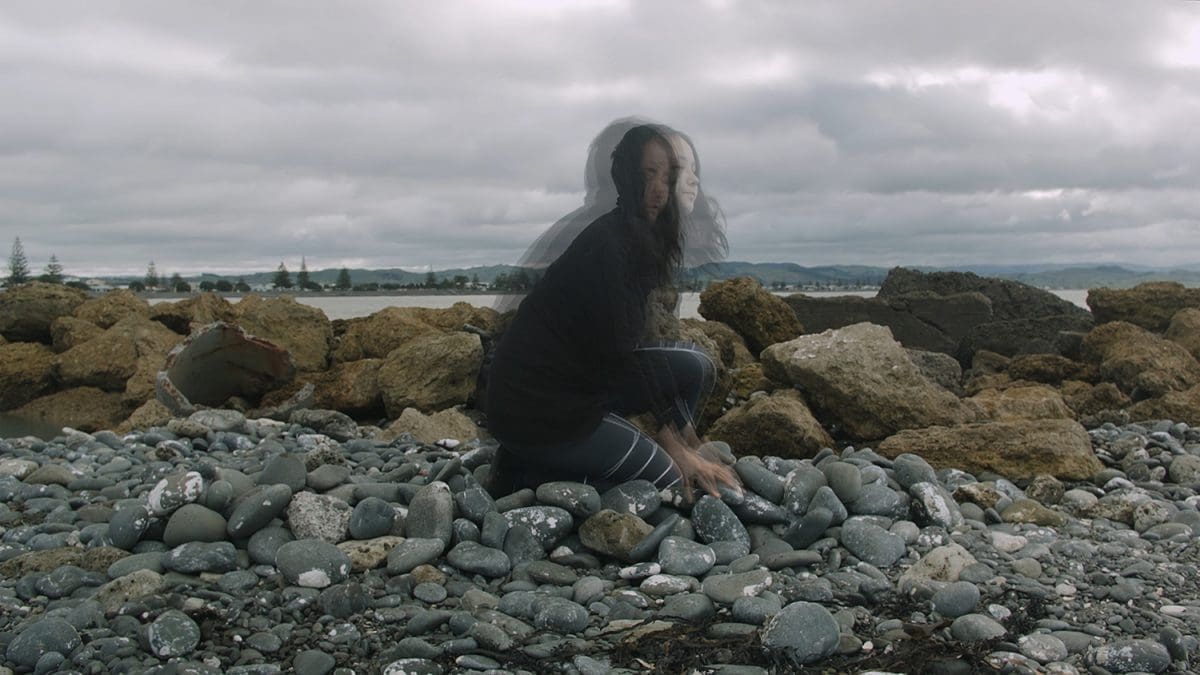

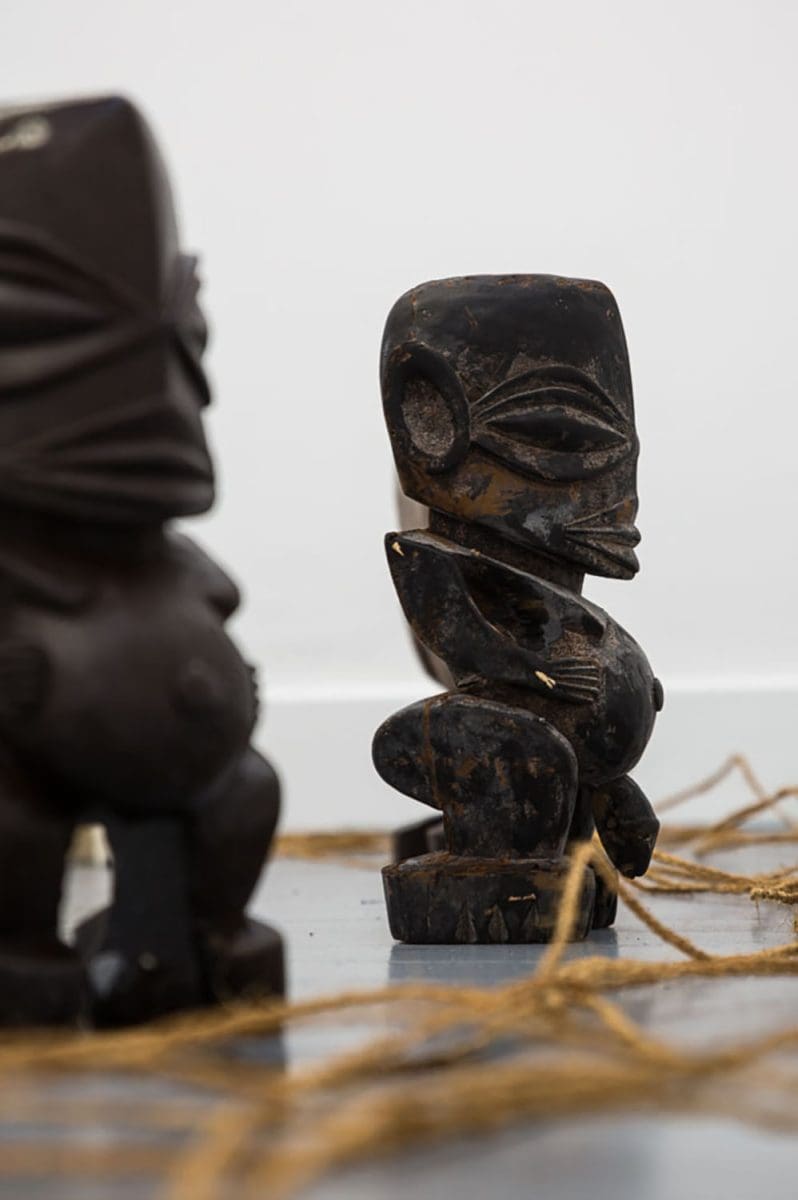
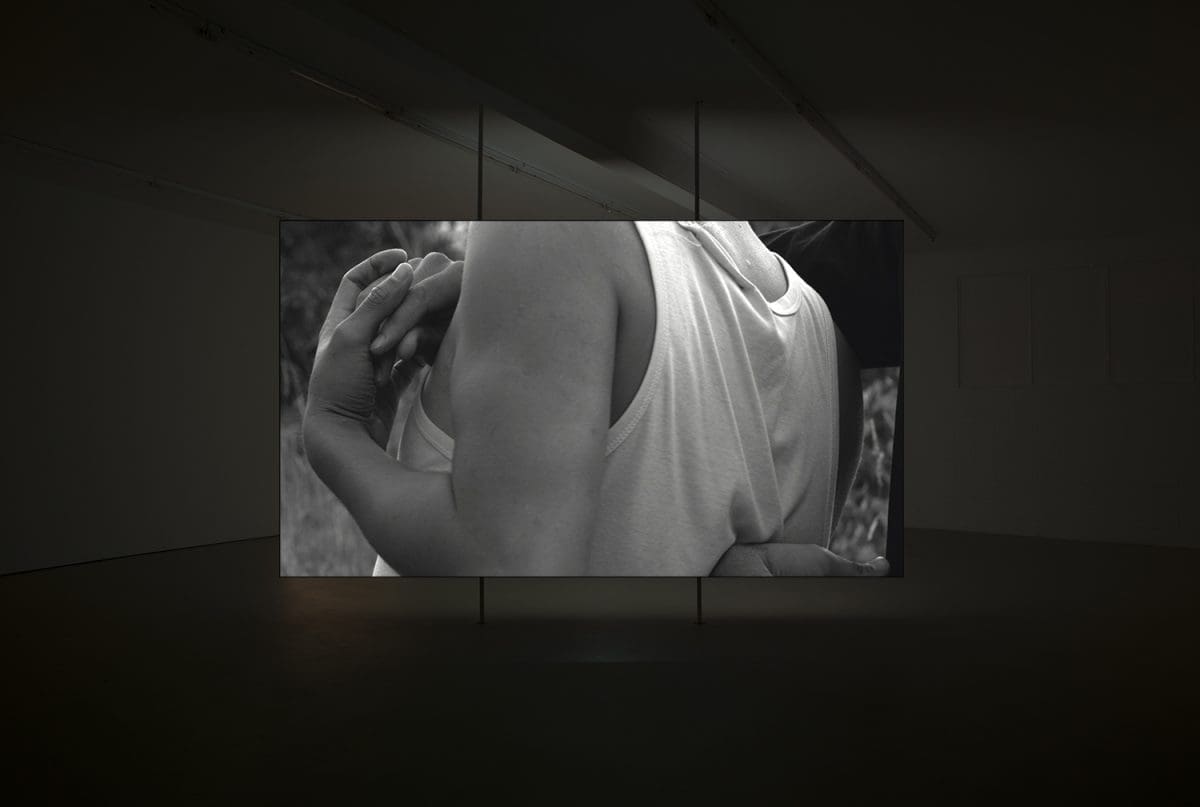
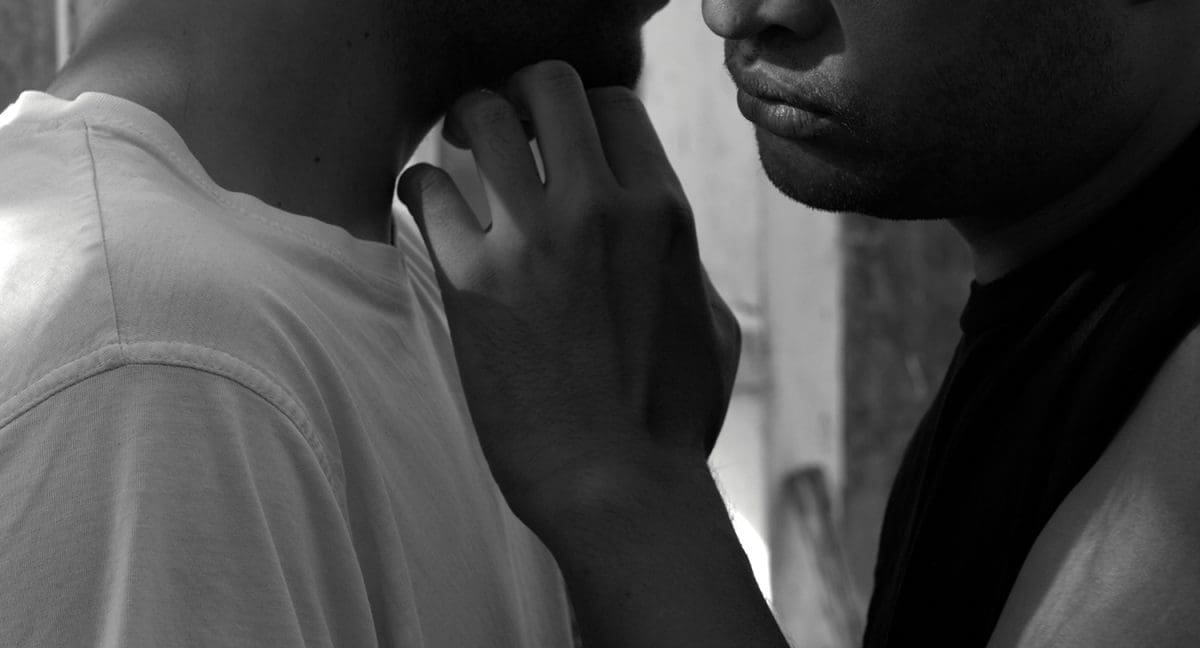
On a magnificent craggy clifftop at Clovelly, with a clear horizon line above a vast ocean, Jahra ‘Rager’ Wasasala imagines she is communicating with her body from her New Zealand birthplace as she dances for the choreographer and artist Amrita Hepi who is filming her here in Sydney.
“Observing those you love and capturing them in moving images, especially in dance, there’s an element of romance,” says Townsville-born Hepi, a Bundjulung (Aus) and Ngāpuhi (NZ) woman. “It is quite intimate.”
Hepi directed Wasasala, who is of Fijian origin, and three other First Nations performers dancing individually in a series of four films collectively titled A Body of Work (At the End of the Earth), examining how resilience manifests itself through the body. Two of Hepi’s films are on show in Wansolwara: One Salt Water; an exhibition that features the work of more than 20 creatives exploring the ocean through contemporary visual and performance art.
The exhibition is being held on two sites: UNSW Galleries and 4A Centre for Contemporary Art, and it includes work by Indigenous Australian artists as well as by Indigenous artists from the Pacific, New Zealand, Canada and Chile. Wansolwara is a Solomon Islands Pijin word describing the concept of “one ocean, one people,” says UNSW Galleries director José Da Silva.
Given the growing spectre of man-made global warming, Hepi says it is important to consider First Nations knowledge of land and sea. “There is such a spectrum of knowledges,” she says, “and as much as we are sharing our knowledge as custodians of the land, we’re also reclaiming that under the pressures of climate catastrophe and capitalism.”
At UNSW Galleries, in the Nick Waterlow Gallery, Brisbane-based artist Ruha Fifita, who was born in Vava’u, Tonga, discusses two very large ngatus; painted textiles made from beaten mulberry bark. One is titled Lototō, 2016, a Tongan word suggesting values of humility and generosity, and is based on ancestral legends of whales. She made this work in Tonga and New Caledonia using earth pigments sourced from destinations humpback whales travel to for giving birth, as well as candlenut soot.
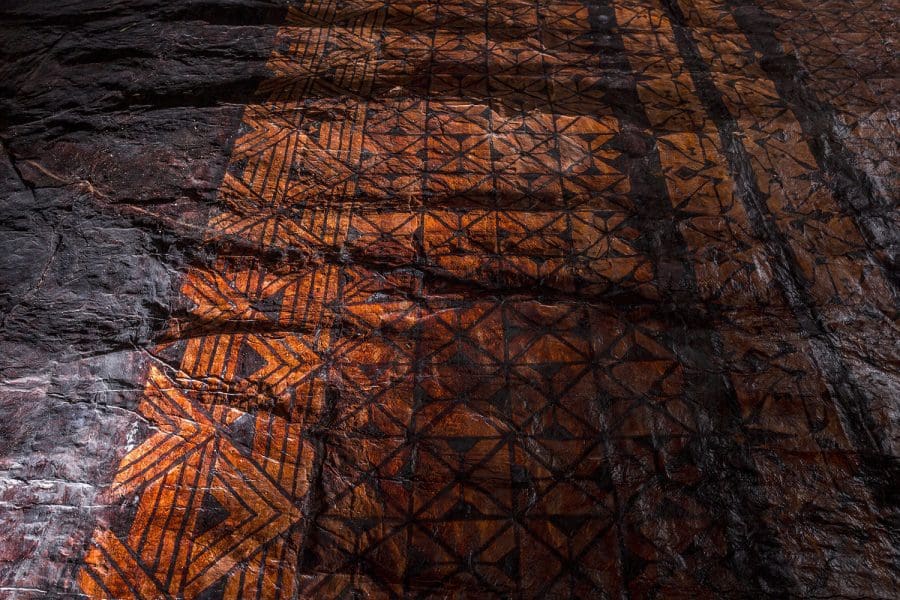
“Humility I think is probably the best word to describe Lototō,” says Fifita. “It was done as part of a collaborative project that brought artists together to reflect on human beings’ relationship with nature and advocate for part of the ocean in New Caledonia to become an ocean sanctuary.”
The second ngatu, Koe Ngoue Manongi (The Fragrant Garden), 2019, employs mangrove dye or tongo, and 20 other extended family members besides Fifita are credited as artists on this work, reflecting on the bonds that unite such big families but that also encourages diversity.
The exhibition’s curator, Léuli Eshrāghi, writes in an essay for the exhibition on the importance of Indigenous languages and multilingualism for the sharing of knowledges, which “enables us to see each other over the horizon, through the haze of fake news, climate inaction, political and corporate collusion … Even stones erode away but words can never decay. Such is the affirmative, world-making potential that can be actualised by speaking Indigenous renaissance into being, in making Indigenous art histories centred on lands, waters and skies once more, in realising Indigenous sovereignty in gesture and movement.”
Wansolwara: One Salt Water
UNSW Galleries
17 January – 18 April
4A Centre for Contemporary Art
17 January – 29 March